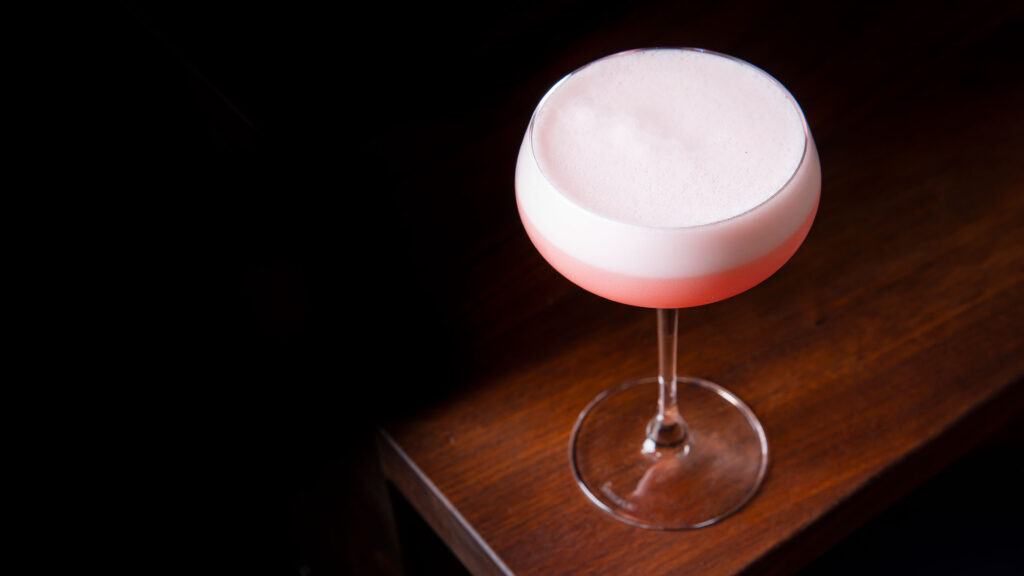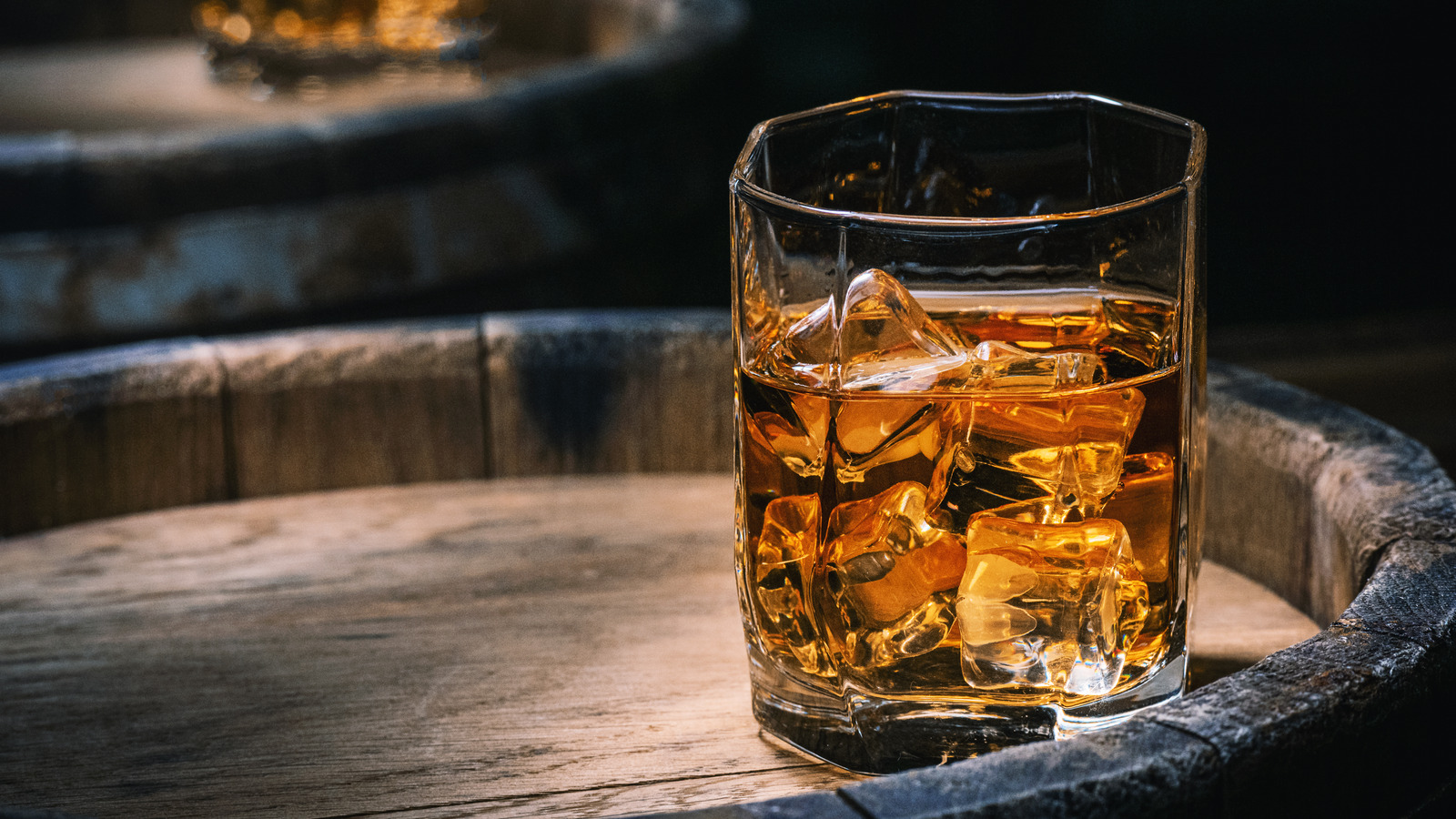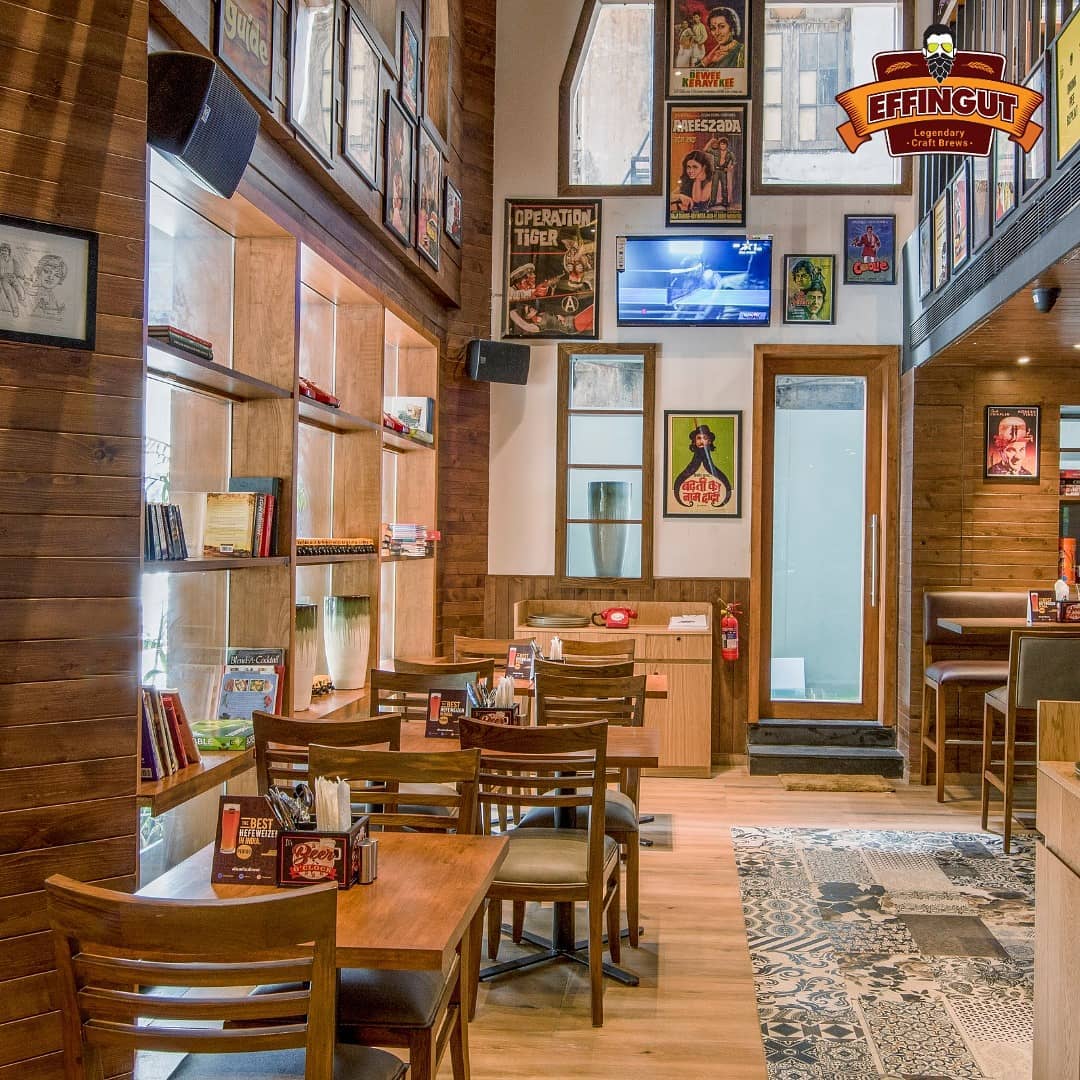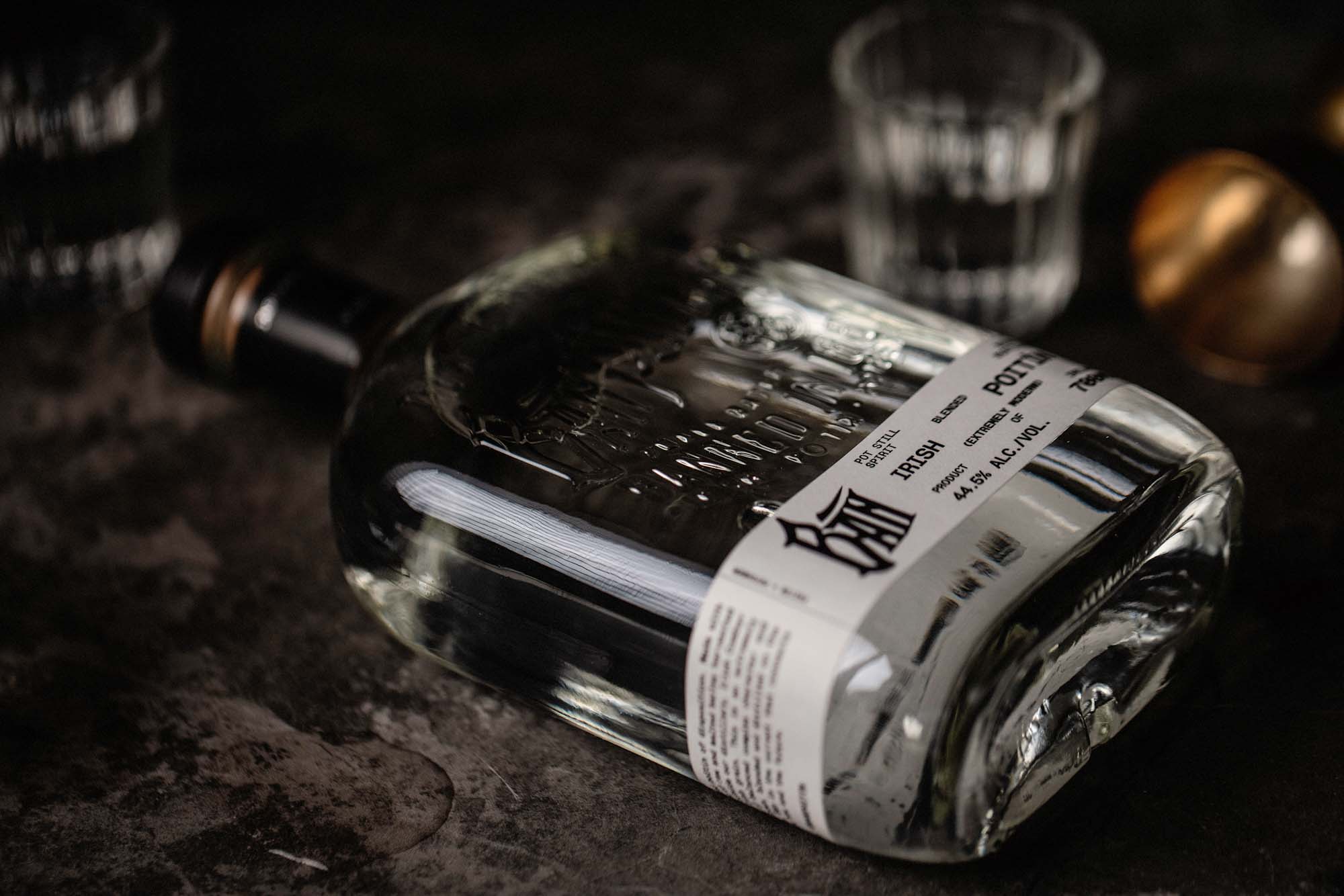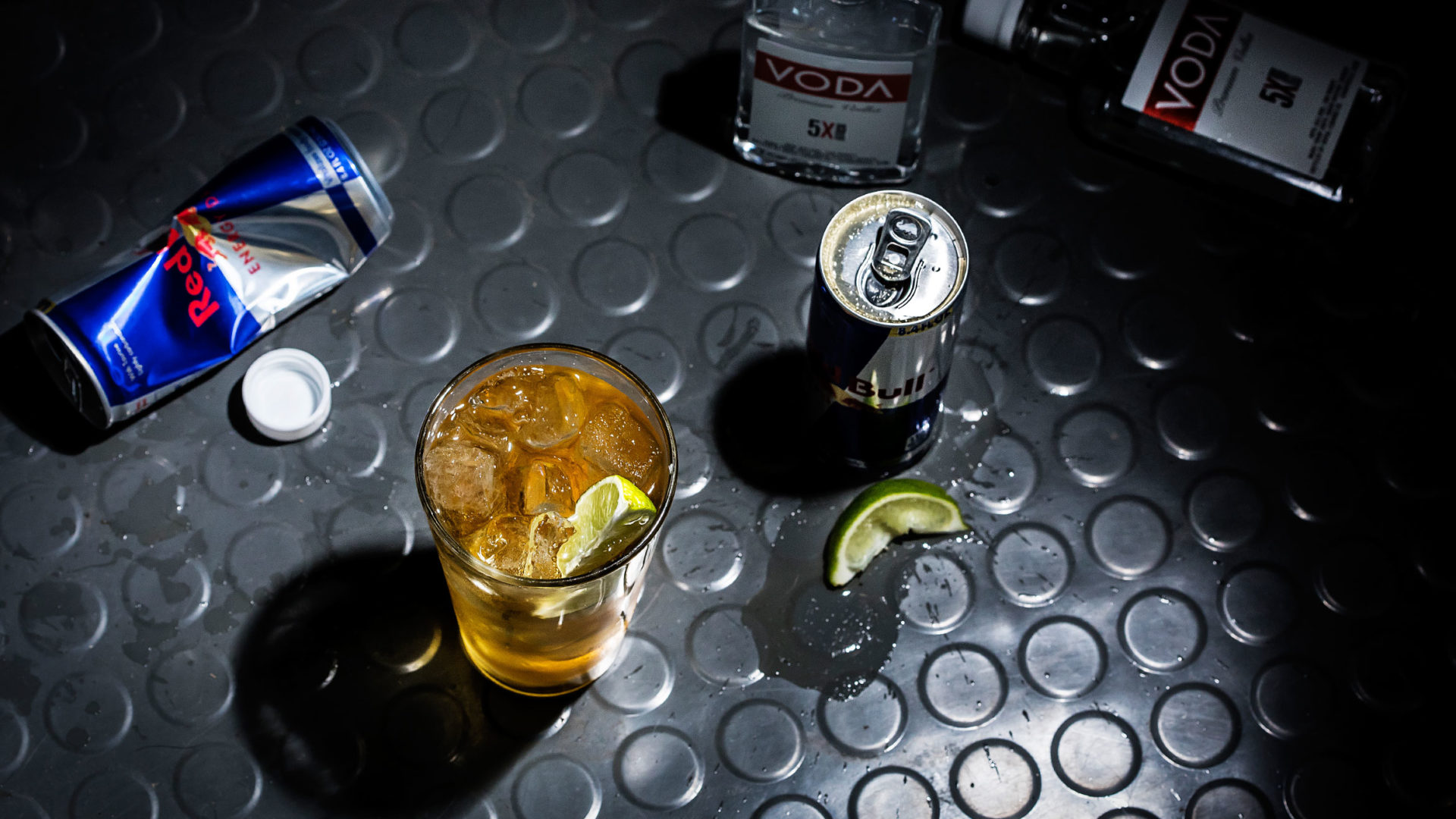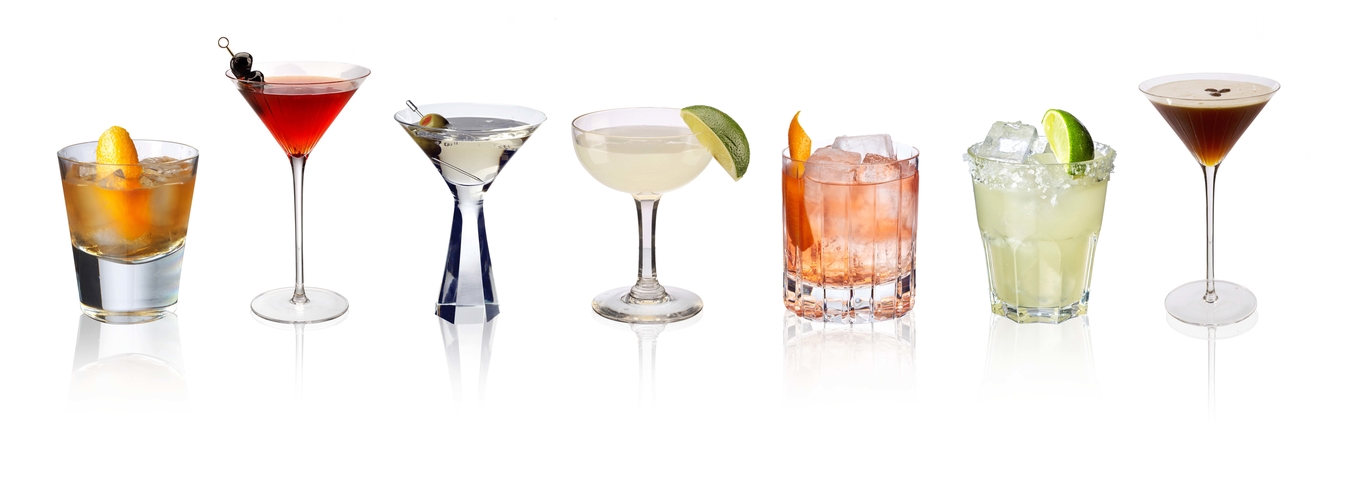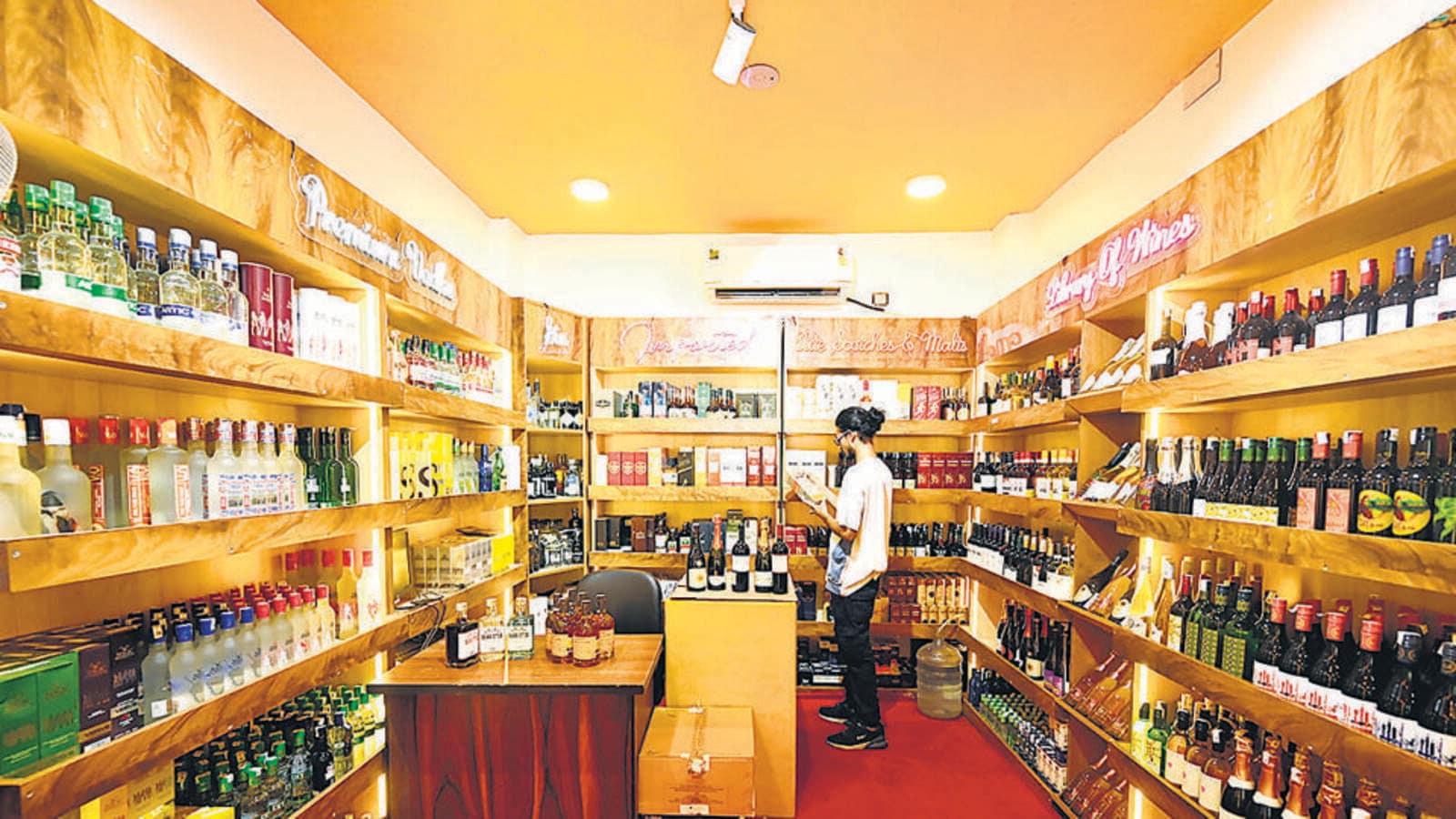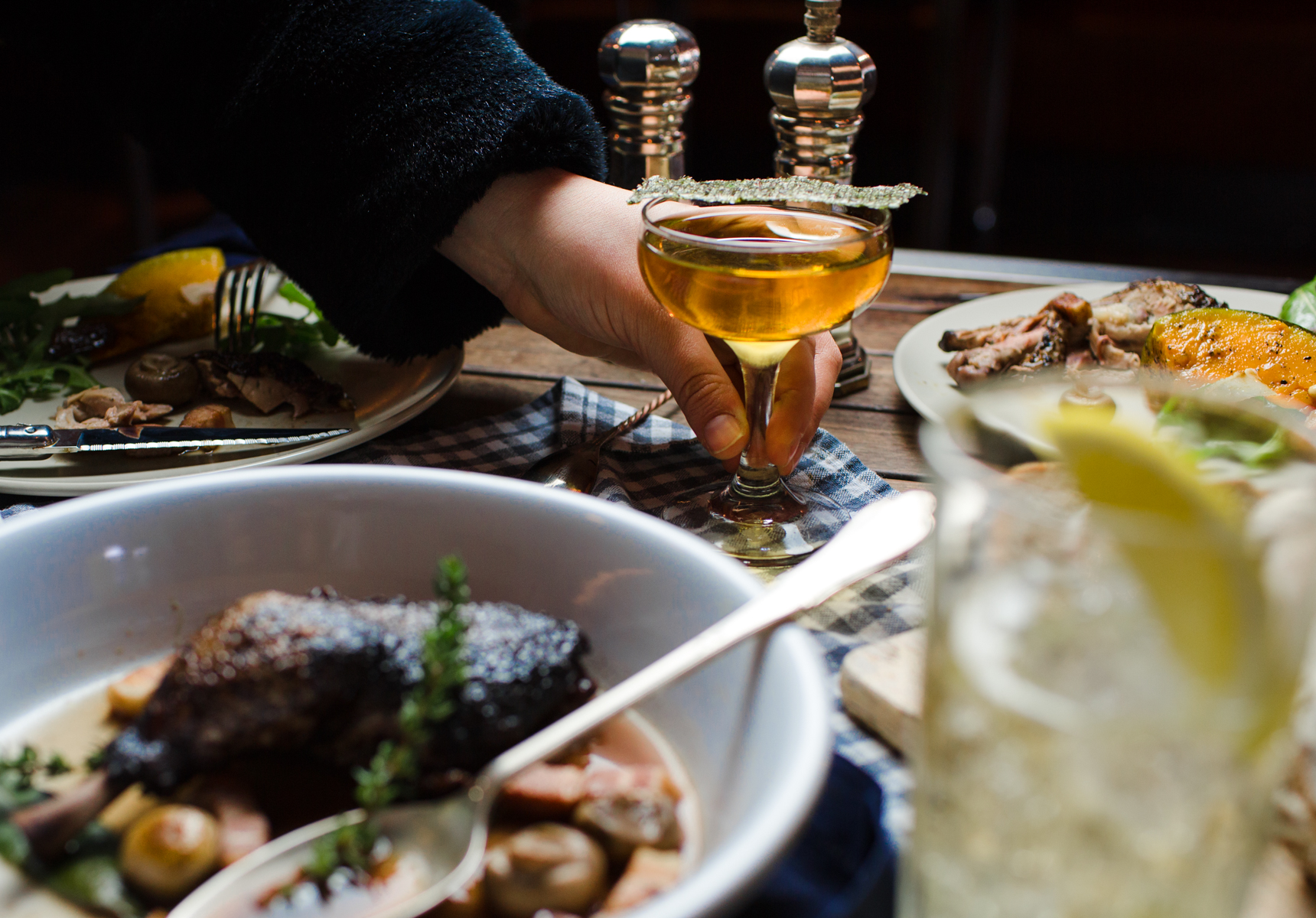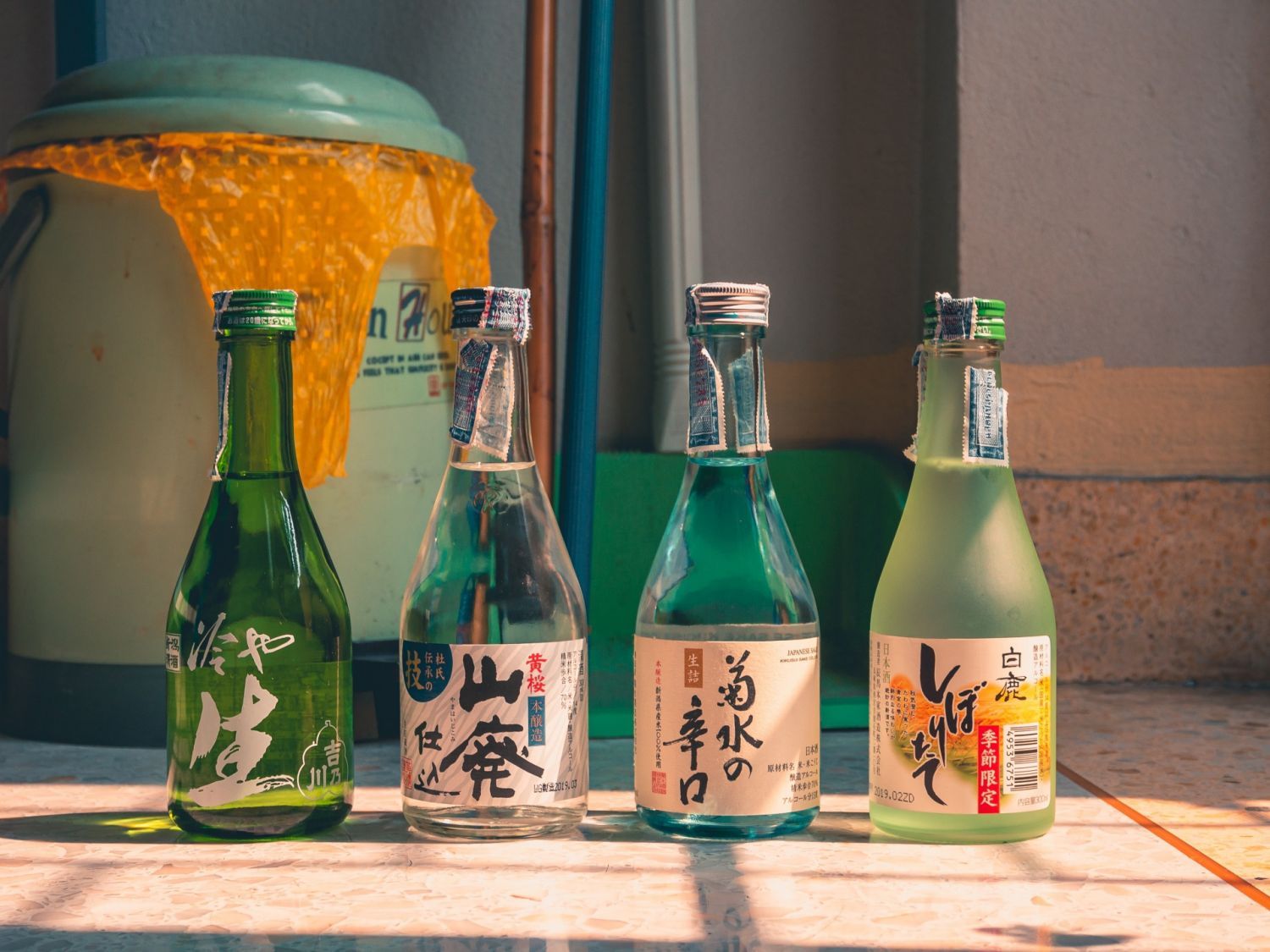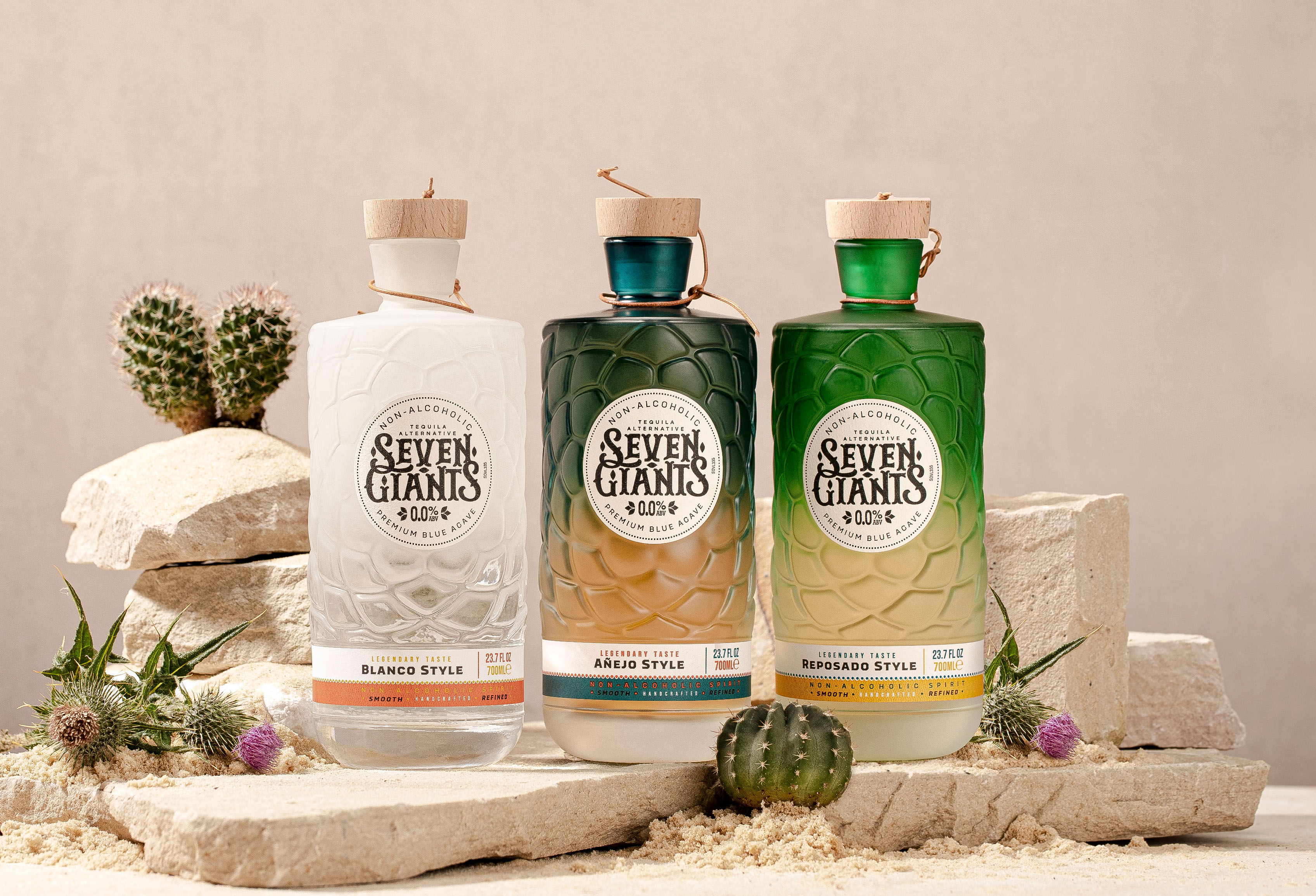Welcome to our cocktail foam guide, an interesting technique for adding visual flare, texture, and flavor to your favorite drink. It’s become a hot trend in the current mixology movement, captivating both bartenders and cocktail enthusiasts.
If you’re one of them, we’ve brought the exciting realm of cocktail foam, its history, methods, and the endless potential it offers to enrich your drinking experience. Whether you’re a home bartender or a professional mixologist, this guide will help you master the art of cocktail foams.
What Exactly Is Cocktail Foam?
Cocktail foam refers to the frothy or foamy layer that is often added as a garnish on top of certain cocktails. It can add an aesthetic touch to the drink while also influencing the mouthfeel and flavor perception. They can provide a creamy or velvety sensation, enhance the aroma, or balance the flavors of the cocktail.
You can even customize it in various ways by adding flavorings, such as fruit juices, extracts, bitters, or infused syrups. It’s typically created by incorporating air into a liquid mixture, resulting in a light and airy texture.
There are different methods and ingredients used to create foam, depending on the desired effect and the specific cocktail recipe. Bartenders often experiment with different elements, flavors, and textures to create their own signature foams and elevate the overall drinking experience.
History Of Cocktail Foam
While foam has been used in numerous culinary applications for millennia, its usage in cocktails became fashionable in the early 2000s. One of the pioneers of cocktail foam is the renowned chef, Ferran Adrià, of the famous restaurant El Bulli in Spain. He’s known for his innovative and avant-garde culinary techniques, including the use of foams in his dishes. Bartenders and mixologists began to draw inspiration from his culinary creations and started experimenting with foams in cocktails.
As the craft cocktail movement gained momentum, bartenders began exploring various techniques and ingredients to create foams. The use of egg whites, which is in classic cocktails like Whiskey Sour for their frothy texture, became a popular method for creating foam. However, as concerns about raw egg consumption and food safety grew, alternative methods and ingredients were also sought.
Over time, bartenders expanded their range of foam ingredients beyond egg whites to include soy lecithin, gelatin, agar-agar, and other hydrocolloids. This widened the possibilities for creating different flavors and textures in cocktail foams, further fueling the creativity of mixologists. The exploration then led to foam enhancers such as soy lecithin, cream whippers, and nitrous oxide (N2O) chargers, which helped to stabilize and amplify the foam.
Also Read: Best Green Cocktails To Make At Home
How Are Cocktail Foams Made?
Cocktail foams are made using various techniques and ingredients to incorporate air into the cocktail mixture, creating a frothy and airy texture. Here are some common methods for making cocktail foams.
Shaking With Egg White
One popular way to create foam is by using egg whites. By adding egg white to a cocktail and vigorously shaking it, you introduce air into the mixture, resulting in a frothy foam on top. The proteins in the egg white help stabilize the foam. This technique is commonly used in cocktails like the Whiskey Sour or Ramos Gin Fizz.
Dry Shaking
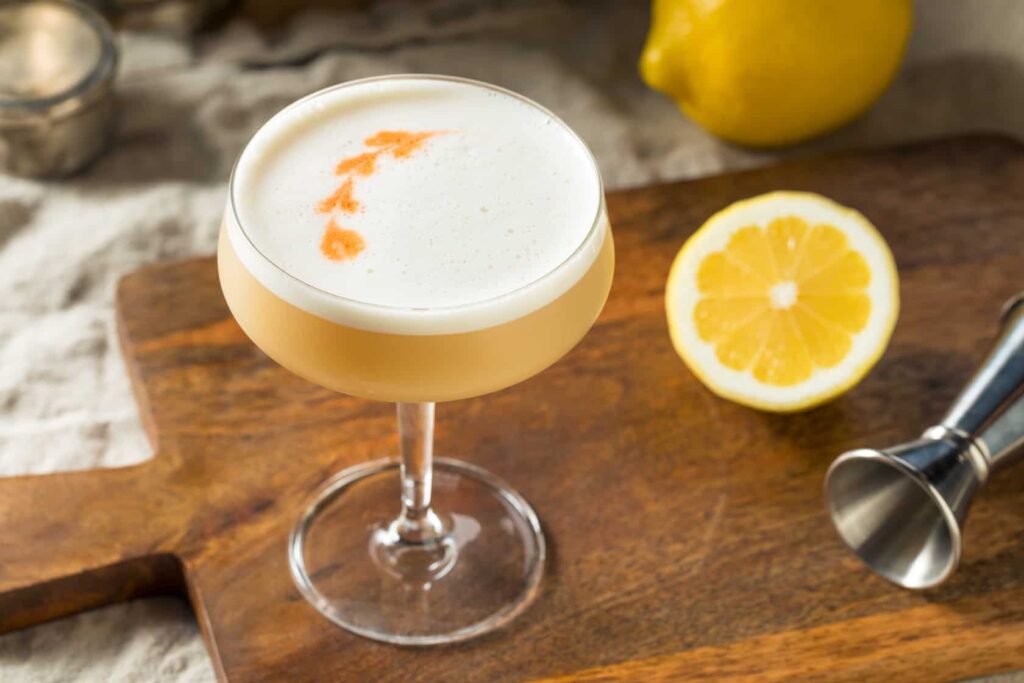
Dry shaking involves shaking a cocktail without ice first, which allows for more vigorous agitation and greater aeration of the ingredients. This method can create a thicker and more persistent foam. After dry shaking, ice is added, and the cocktail is shaken again to chill it before straining it into a glass.
Aerating With A Whisk Or Frother
In some cases, a handheld whisk or a milk frother can be used to manually introduce air into a liquid, creating a foam. This technique works well with certain ingredients like cream or flavored syrups. Simply whisk the liquid vigorously to incorporate air and create the desired foam.
Nitrous Oxide (N2o) Or Carbon Dioxide (Co2) Chargers
Another way to produce cocktail foam is by using specialized tools such as whipped cream dispensers or soda siphons. These devices use nitrous oxide (N2O) or carbon dioxide (CO2) chargers to pressurize the liquid and create foam. The charged liquid is dispensed through a nozzle, resulting in a foam that can be layered on top of the cocktail.
Soy Lecithin
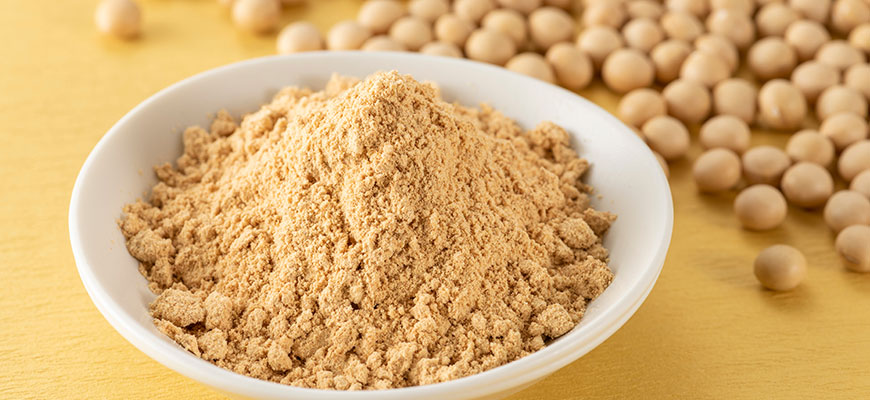
Soy lecithin is a natural emulsifier that can be used to create foam in cocktails. It’s typically added to the liquid ingredients and then blended using an immersion blender or another type of mixing device. The result is a light and airy foam that can be spooned or piped onto the cocktail.
Acing Your Cocktail Foam Game
If you’re looking to elevate your cocktail-making skills and create impressive foam toppings for your drinks, here’s how you can do it.
Technique And Equipment
Use the appropriate technique for creating foam based on the ingredients and desired effect. Experiment with different methods, such as the egg white, dry shake, or nitrous oxide chargers, to find what works best for your cocktail.
Ensure that your shaking or whisking technique is vigorous and consistent to incorporate the maximum amount of air into the mixture. Use quality equipment, such as a reliable shaker or cream whipper, to ensure proper aeration and stability of the foam.
Ingredients
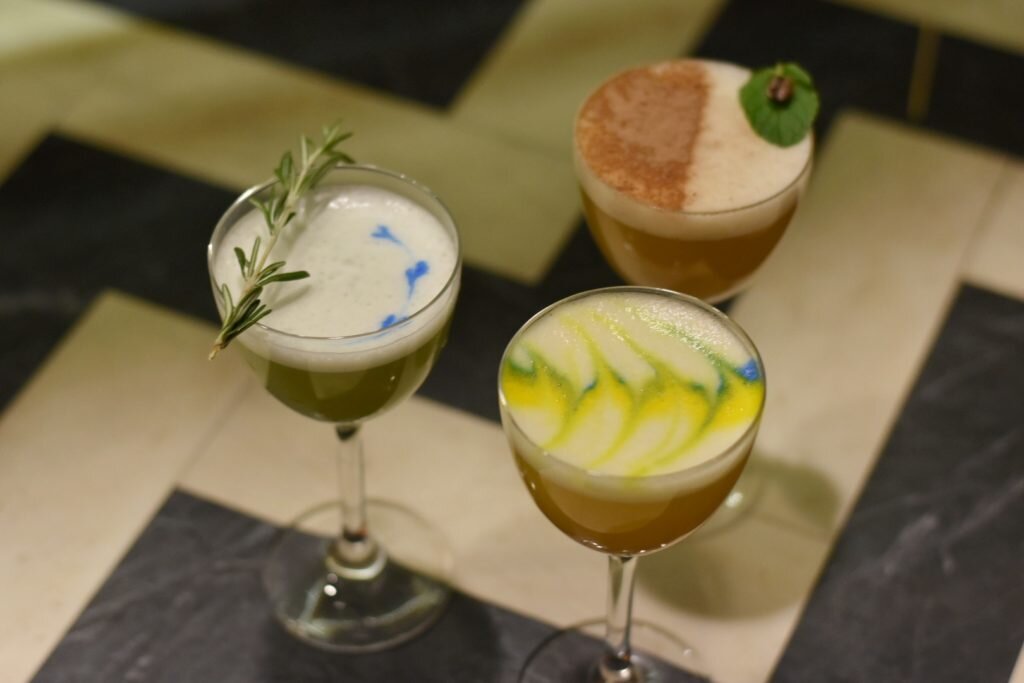
Choose ingredients that contribute to the desired texture and flavor of the foam. For example, egg whites are commonly used for a creamy and frothy foam, while citrus juices can add brightness and acidity.
Experiment with different combinations of ingredients, such as fruit juices, dairy products, flavored syrups, or even herbs and spices, to create unique foam flavors that complement your cocktail.
Also Read: Champagne Vs Prosecco: Everything You Need To Know
Proportions
Pay attention to the proportions of ingredients in your cocktail. Adjusting the ratios of liquid ingredients can affect the stability and consistency of the foam. For example, too much alcohol or acidity from citrus juice can inhibit foam formation, while too much sugar can result in dense and heavy foam.
Temperature And Dilution
Ensure that your cocktail mixture is properly chilled before adding the foam. Using ice in the shaking process helps to cool the ingredients and maintain the foam’s structure. Be mindful of the dilution level of your cocktail. Over-dilution can affect the foam’s stability and cause it to collapse more quickly.
Presentation
Be mindful of the way you layer or present the foam on top of the cocktail. Use a gentle pouring or spooning technique to avoid breaking down the foam. Consider using garnishes or dusting the foam with complementary ingredients, such as grated spices or herbs, to enhance the visual appeal of the cocktail.
Practice and Experiment
Perfecting cocktail foam may require some trial and error. Experiment with different techniques, ingredients, and proportions to find the combination that works best for your desired outcome.
Take note of your successes and failures, and adjust your approach accordingly. With practice, you’ll develop a better understanding of how different factors impact the quality of the foam.
Summing up
As you embark on your journey into the world of cocktail foam, we hope this guide serves as a valuable resource, to elevate your mixology skills. With the right techniques, ingredients, and a touch of imagination, you can transform your cocktails into a work of art. Don’t be afraid to get creative and experiment with different flavors and textures to craft visually stunning foam-topped cocktails. Cheers to the frothy delights of cocktail foam!
FAQs
How Do You Get A Good Foam On A Cocktail?
To get a good foam on a cocktail, shake the ingredients vigorously without ice, and consider using egg whites or aquafaba for a stable foam.
What Is The Best Foamer For Cocktails?
There are various options for cocktail foamers, but one popular choice is a handheld electric milk frother, as it’s convenient and efficient in creating foam for cocktails.
Should Cocktails Have Foam?
Cocktails don’t necessarily have to have foam, but they can be a delightful addition that enhances the visual appeal and texture of the drink.
What Makes The Best Froth?
Egg whites are often considered one of the best ingredients for creating froth in cocktails.
What Can Replace Egg White In A Cocktail?
If you’re looking for a vegan or egg-free alternative to create froth in a cocktail, aquafaba is a commonly used substitute. Aquafaba refers to the liquid from canned chickpeas or the liquid from cooking chickpeas at home. It mimics the properties of egg whites and can be whipped to create a foam.
What Is The Thick Foam For Cocktails?
A common thick foam for cocktails is created using egg whites or aquafaba.
What Is The Best Emulsifier For Cocktails?
One of the best emulsifiers for cocktails is egg white.
How Long Does A Cocktail Foam Last?
Storing both the ingredients and the charged siphon in a refrigerator is advised as colder foam gives a thicker discharge and long-lasting presence on the drink’s surface. By following this storage method, foams can remain intact for approximately one week.
